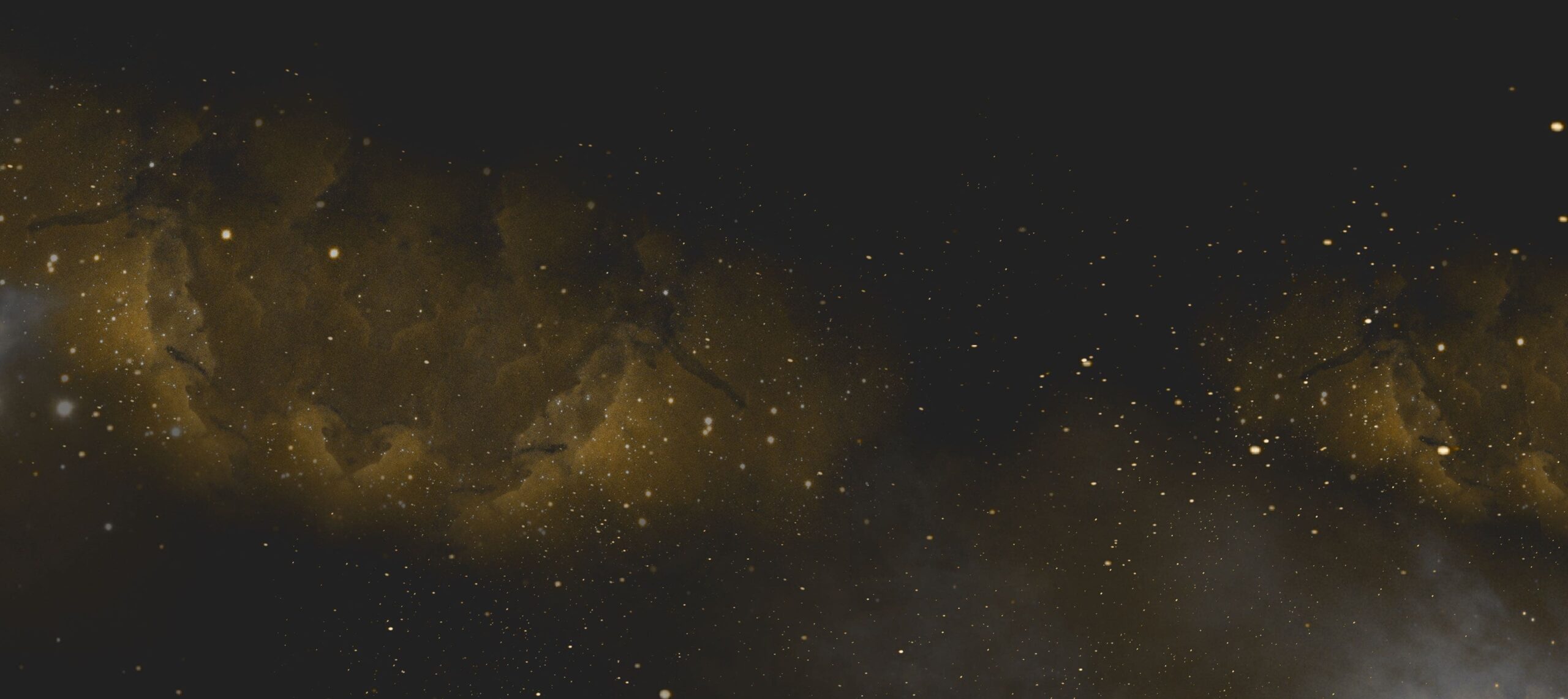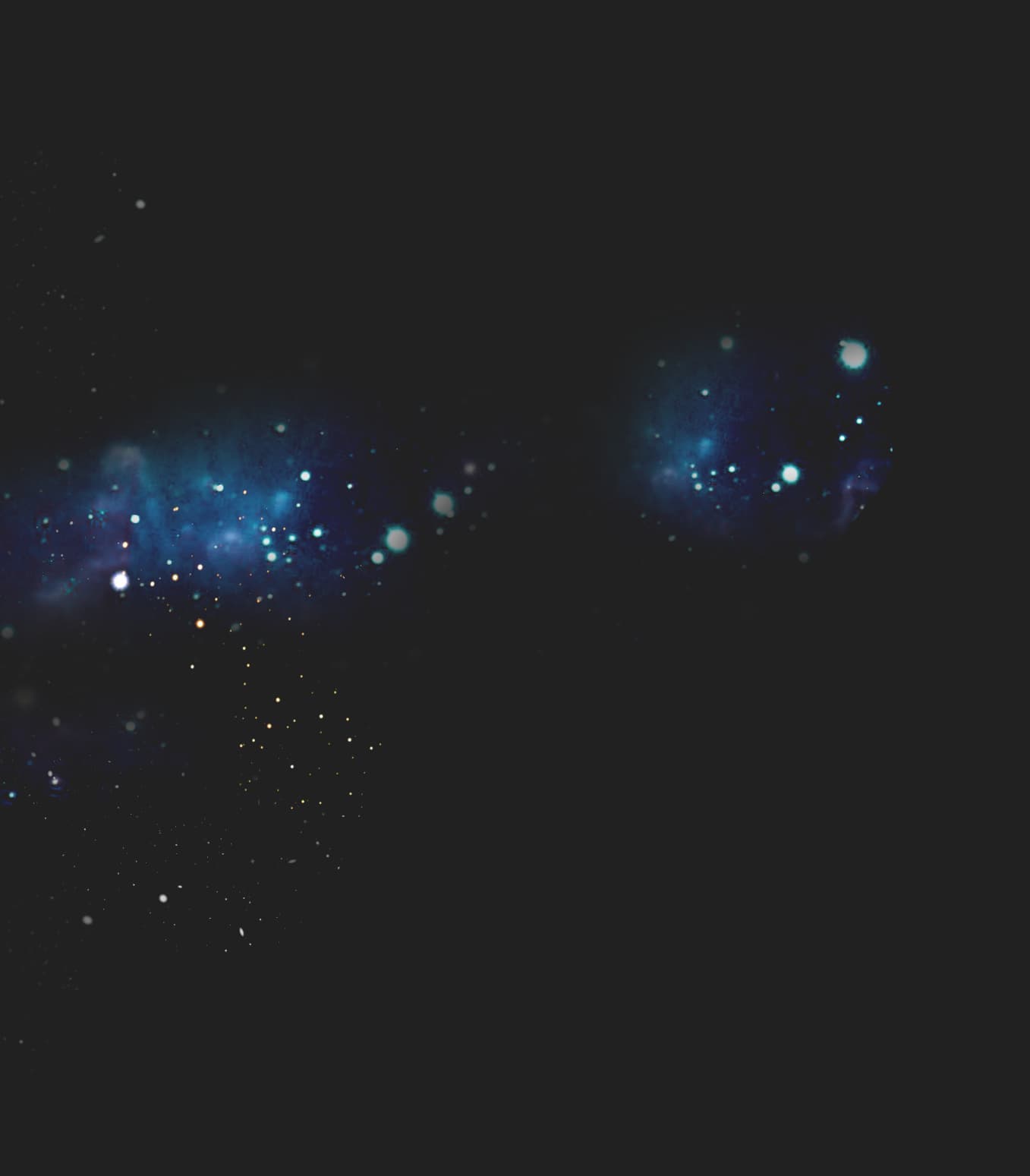
Overview
Since 1986, the Vatican Observatory has hosted biennial Summer Schools at Castel Gandolfo to give young scientists from around the world an opportunity to learn with the world’s leading experts in astronomy.
Alumni from the schools continue to lead in many areas of astronomical research. Among them are Fernando Comeron, Deputy Director for Science of the European Southern Observatory; Heino Falcke, chair of Science Council of the Event Horizon Telescope, which achieved the first image of a black hole in 2019; and Ray Jayawardhana, Harold Tanner Dean of the College of Arts and Sciences and a professor of astronomy at Cornell University.
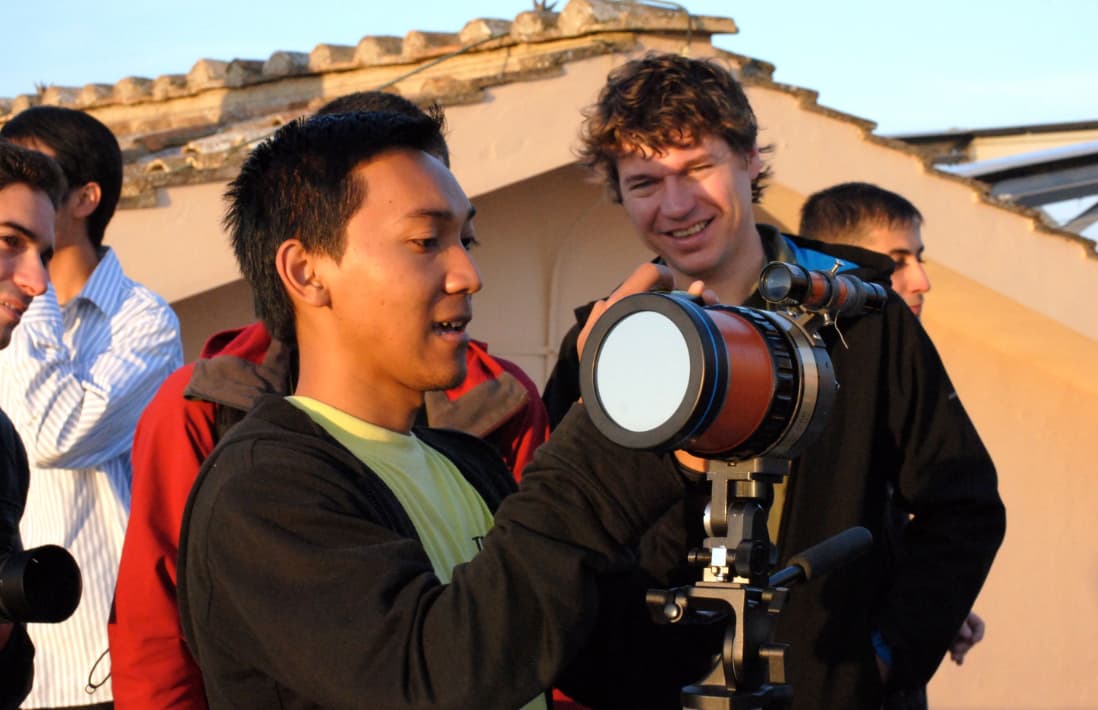
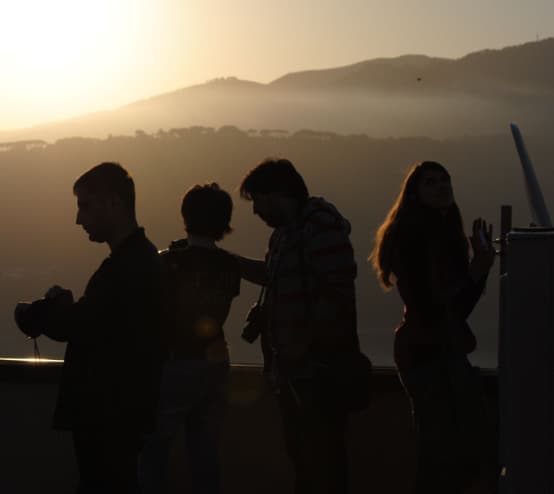
Alumni from the schools continue to lead in many areas of astronomical research. Among them are Fernando Comeron, Deputy Director for Science of the European Southern Observatory; Heino Falcke, chair of Science Council of the Event Horizon Telescope, which achieved the first image of a black hole in 2019; and Ray Jayawardhana, Harold Tanner Dean of the College of Arts and Sciences and a professor of astronomy at Cornell University.
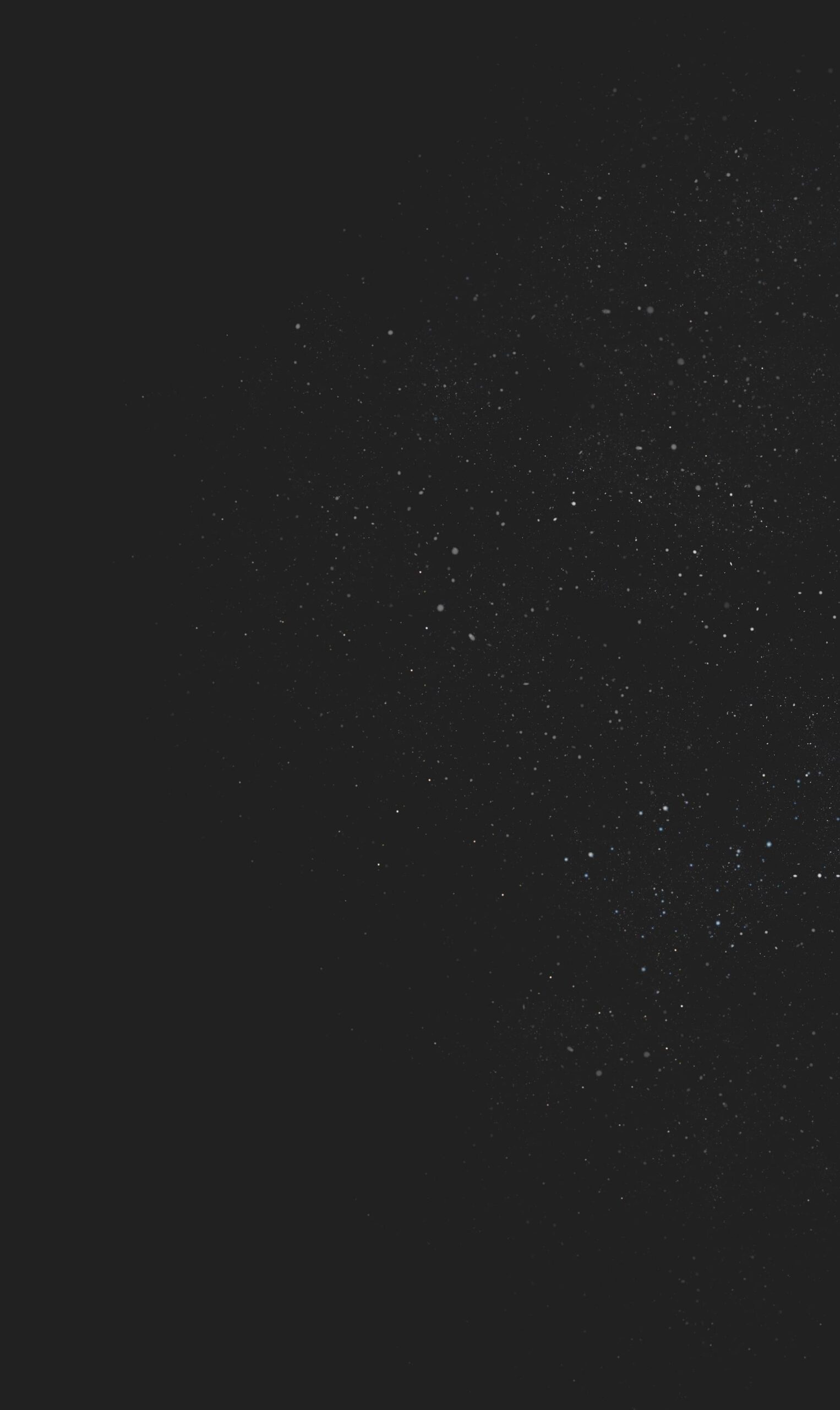
Programs
Summer Schools
VOSS (Vatican Observatory Summer School)
In 1985, Fr. Martin McCarthy SJ realized that, because the Observatory does not give degrees, we had little chance for contact with young people. That was a shame, he thought, since they are not only the promise for the future of the field, but also often among the most active and imaginative researchers even now.
How could this be solved?
He hit upon the idea of a regular month-long summer school to be held at the Observatory at Castel Gandolfo on some special topic in astronomy and astrophysics.
A year later, the Vatican Observatory Summer School program was born. Since then, the Observatory has held such a school roughly every two years.
The schools are open to advanced undergraduates and beginning graduate students in astronomy from around the world; more than 55 nations have been represented so far.
The only rules limiting who can attend are that the students must show evidence of likely success as professional astronomers; and no more than two students from any given nation are accepted.
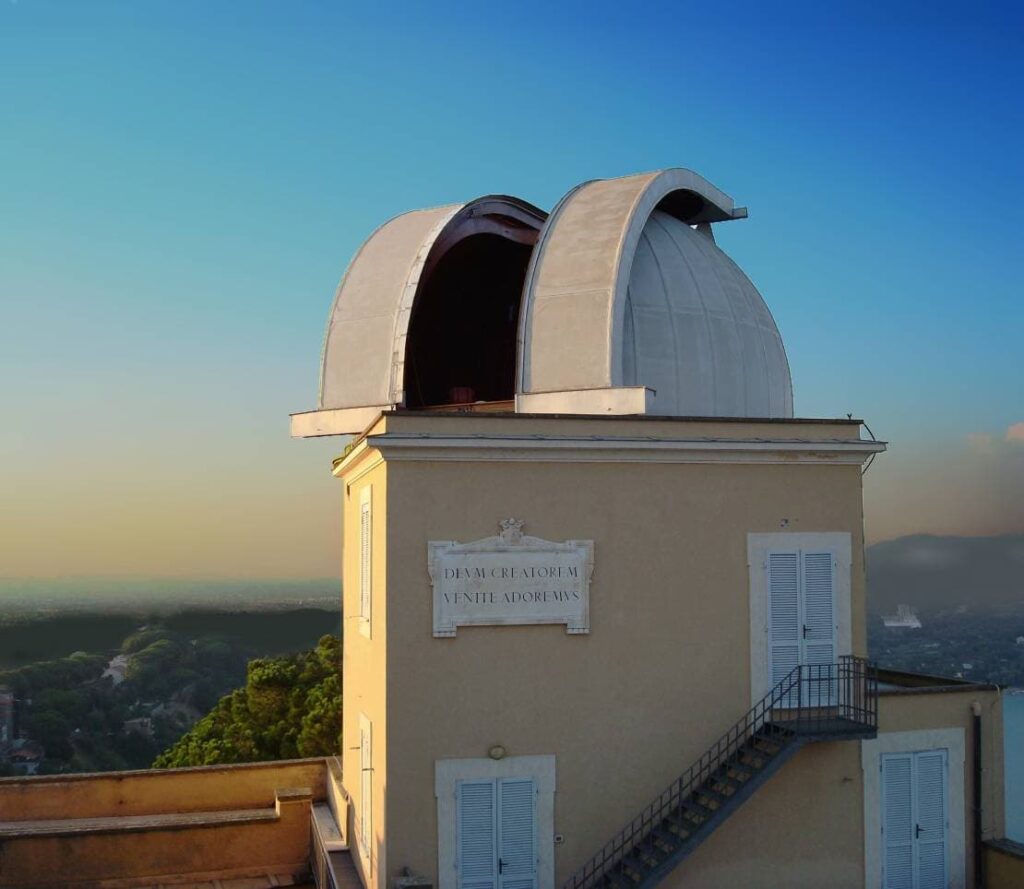
Observatory at Castel Gondolfo
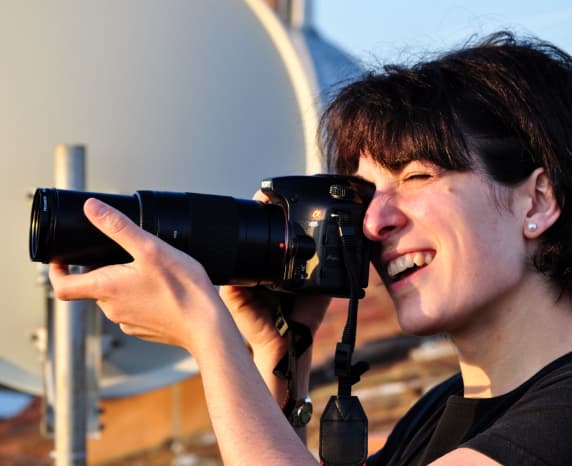
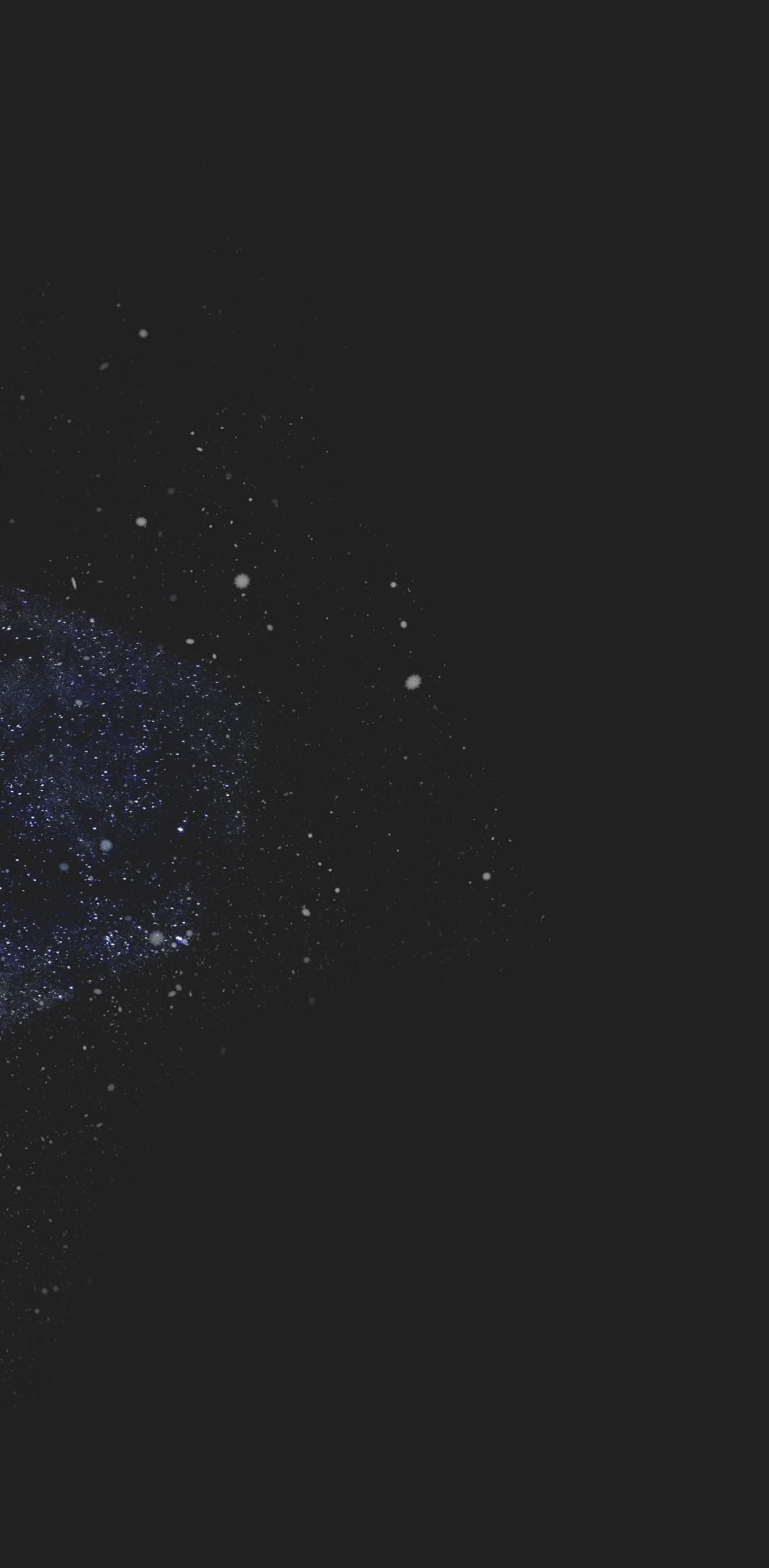
Student Selection
The great challenge is choosing 25 students out of an applicant pool of as many as 200 candidates. A majority of the students selected come from developing countries.
Tuition is free, and significant financial support ensures that every student accepted is able to attend.
To date, more than 400 young astronomers have passed through these schools, and over 85% are still active in astronomy.
They have gone on to work at the most prestigious institutions around the world, like the Max Planck Institut für Astrophysik, the European Southern Observatory, and leading astronomy programs at universities in the US including Arizona, Caltech, and Cornell.
Faculty
The faculty are among the most notable astronomers of their age, drawn from leading observatories and universities around the world.
Among them have been Vera Rubin, winner of the 2002 Gruber Cosmology Prize; Frank Shu, later president of the National Tsing Hua University in Taiwan; Michael A’Hearn, the Principal Investigator of the NASA Deep Impact mission to Comet 9P/Temple; and Didier Queloz, who shared in the 2019 Nobel Prize in Physics for the discovery of the first extrasolar planet.
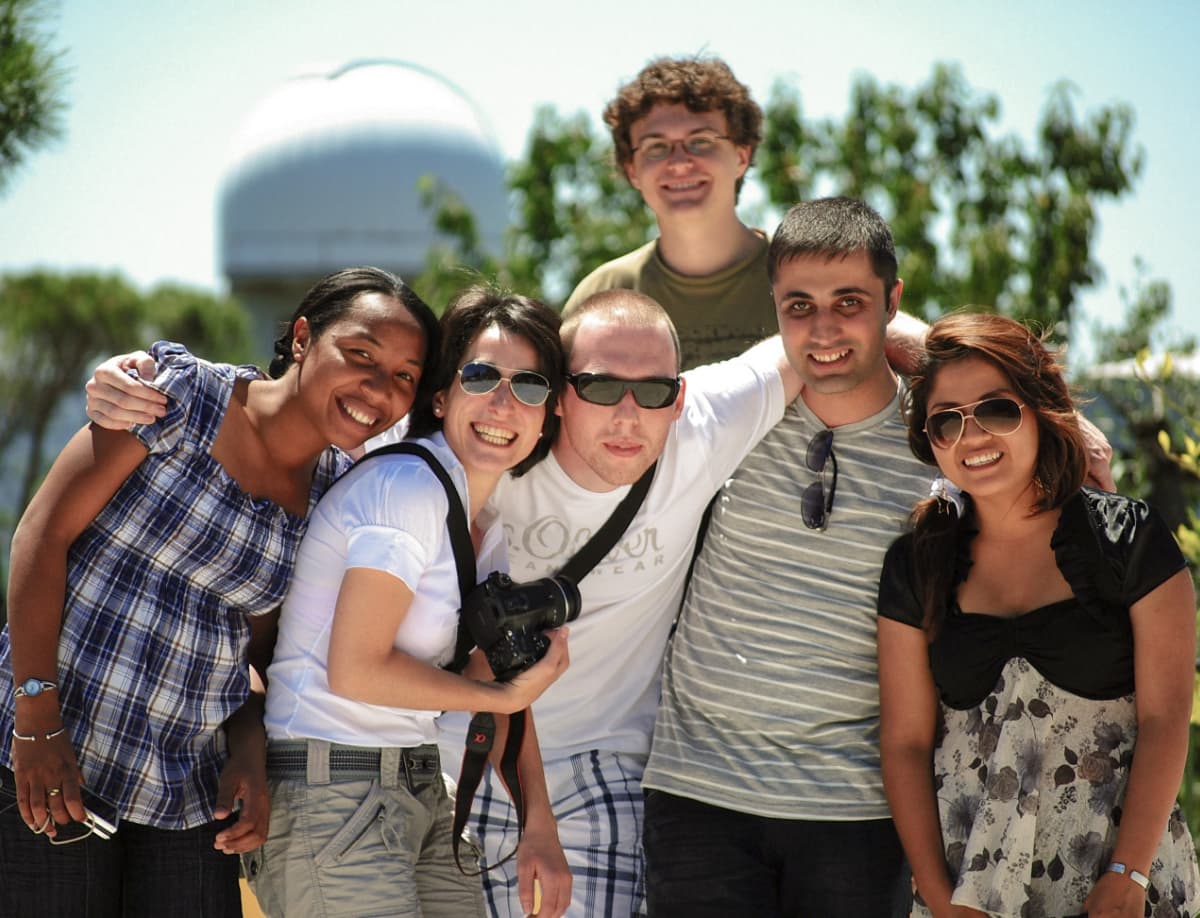
SVOSS (Super Vatican Observatory Summer School)
Roughly every ten years the Vatican Observatory hosts a week-long gathering of past participants and alumni of the Vatican Observatory Summer Schools (VOSS). So far, four such SuperVOSS meetings have been held, the most recent in 2019.
Typically the meetings are divided into sessions devoted to research talks, where the participants share with one another the work they have been doing since their summer school experiences, and sessions devoted to the issues of science education and the dialogue between science and culture.
Of course, the highlights are informal social gatherings, including tours of the Specola, where these scientists who span four decades of experience in the world of science can get to know each other. Here, ideas and collaborations and – most importantly – friendships can grow and prosper.
Previous Summer Schools
- Event: Centres of Galaxies - Theory Meets Observations
- Date: 01-26 June 2020
- Location: Cancelled
Description: The School that Never Was...
Sadly, our 2020 VOSS was cancelled due to the COVID pandemic.
List of Faculty:
- Name: Witold MACIEJEWSKI (Chair)
Location: Liverpool John Moores University, UK - Name: Peter Erwin
Location: MPE, Germany - Name: Isabel Pérez
Location: Universidad de Granada, Spain - Name: Daniel Pfenniger
Location: Université de Genève, Switzerland - Name: Kanak Saha
Location: IUCAA, India - Name: Guy Consolmagno (Director)
Location: Vatican Observatory - Name: Richard D'Souza, SJ (Dean)
Location: Vatican Observatory
- Event: Stellar Variability in the Era of Large Surveys
- Date: 04-29 June 2018
- Location: Specola Vaticana - Castel Gandolfo, Roma
Description: The VOSS 2018 linked variable stars with photometric and spectroscopic surveys, and gave an overview concerning the impact that stellar astrophysics has on current astrophysical and cosmological open problems.
In addition, it addressed the use of variable stars as distance indicators, as tracers of stellar populations in galaxies, as probes of stellar evolution, and as laboratories for fundamental physics.
List of Faculty:
- Name: Dante Minniti (Chair)
Location: UNAB/MAS/CATA, Chile - Name: Giuseppe Bono
Location: University of Rome Tor Vergata, Italy - Name: Dana I. Casetti
Location: SCSU, USA - Name: Marina Rejkuba
Location: ESO, Germany - Name: Guy Consolmagno (Director)
Location: Vatican Observatory - Name: Alessandro Omizzolo (Dean)
Location: Vatican Observatory, INAF-OAPD
- Event: Water in the Solar System and Beyond
- Date: 29 May - 24 June 2016
- Location: Specola Vaticana - Castel Gandolfo, Roma
Description: Water plays an important role in the origin and chemical development of comets, asteroids, icy moons, and planets including our own Earth. It is also a necessary ingredient for life as we know it.
The faculty discussed recent space missions, remote sensing, and laboratory research which have led to considerable growth in our understanding of the role of water in the solar system and in cosmochemistry.
List of Faculty:
- Name: Meenakshi Wadhwa (Chair)
Location: Arizona State University, Tempe, Arizona, USA - Name: Guy Consolmagno (Director)
Location: Vatican Observatory - Name: Robert J. Macke, S.J. (Dean)
Location: Vatican Observatory - Name: Christopher Impey
Location: University of Arizona, Tucson, Arizona, USA - Name: Athena Coustenis
Location: LESIA, Paris Observatory at Meudon, France - Name: Andrew Rivkin
Location: John Hopkins University Applied Physics Laboratory, Maryland, USA - Name: Jean-Baptiste Kikwaya, S.J.
Location: Vatican Observatory
- Event: Galaxies: Near and Far, Young and Old
- Date: 1 - 27 June 2014
- Location: Specola Vaticana - Castel Gandolfo, Roma
Description: The faculty and special invited speakers presented a comprehensive series of lectures and hands-on projects concerning galaxy formation and evolution, addressing how new space and radio telescopes and sophisticated numerical modeling challenged our views of galaxies young and old.
List of Faculty:
- Name: John Stocke (Chair)
Location: University of Colorado, Boulder, CO - Name: José G. Funes, S.J. (Director)
Location: Vatican Observatory - Name: Guy Consolmagno, S.J. (Dean)
Location: Vatican Observatory - Name: Christopher Carilli
Location: Very Large Array, Socorro, New Mexico, USA - Name: Michele Trenti
Location: Cambridge University, UK - Name: Jacqueline van Gorkom
Location: Columbia University, New York, USA
- Event: The Formation and Evolution of Stellar Clusters
- Date: 3 - 29 June 2012
- Location: Specola Vaticana - Castel Gandolfo, Roma
Description: The topics of the school included: stellar structure and evolutionary phases, planet formation, stellar populations, stellar dynamics, dynamics of binary formation and evolution in dense stellar systems, basic principles of dynamical 2-body relaxation, Monte Carlo methods, direct N-body methods, globular cluster populations, generating simple stellar populations and simulation of star clusters by computer simulation, different ways of age dating clusters, theory of cluster formation, formation and evolution of Young Massive, stellar content within YMCs, linking star and cluster formation, mergers, spirals, dwarfs, escape from clusters in a galactic tide, proposal writing for telescopes.
List of Faculty:
- Name: Douglas C. Heggie (Chair)
Location: University of Edinburgh, United Kingdom - Name: David A. Brown, S.J. (Dean)
Location: Vatican Observatory - Name: José G. Funes, S.J. (Director)
Location: Vatican Observatory - Name: Francesca D’Antona
Location: INAF-Osservatorio Astronomico di Roma, Italy - Name: Nate Bastian
Location: Excellence Cluster Universe, Munich, Germany - Name: Mark Gieles
Location: University of Cambridge, United Kingdom
- Event: The Chemistry of the Universe
- Date: 30 May - 25 June 2010
- Location: Specola Vaticana - Castel Gandolfo, Roma
Description: The topics of the school included: Chemical evolution of galaxies and the intergalactic medium, galactic archaeology of the Milky Way and Local Group, cosmochronology, Big Bang nucleosynthesis, stellar populations, chemical coolants and star formation, nucleosynthesis and stellar furnaces, laboratory and atomic astrophysics, cosmic rays and high-energy physics, the extreme physics active galactic nuclei and quasars, molecular chemistry in the 21st century, planetary surfaces and atmospheres, comets and asteroids, dust physics.
List of Faculty:
- Name: Brad K. Gibson (Chair)
Location: University of Central Lancashire, United Kingdom - Name: Richard P. Boyle, S.J. (Dean)
Location: Vatican Observatory - Name: José G. Funes, S.J. (Director)
Location: Vatican Observatory - Name: Sofia A. Cora
Location: Universidad Nacional de La Plata, Argentina - Name: Susan M. Lederer
Location: California State University, USA - Name: Susan R. Trammell
Location: University of North Carolina, USA
- Event: Extrasolar Planets and Brown Dwarfs
- Date: 9 June - 6 July 2007
- Location: Specola Vaticana - Castel Gandolfo, Roma
- Event: Astrobiology: The Search for our Origins and Life Elsewhere
- Date: 12 June - 8 July 2005
- Location: Specola Vaticana - Castel Gandolfo, Roma
- Event: Galactic Evolution
- Date: 15 June - 11 July 2003
- Location: Specola Vaticana - Castel Gandolfo, Roma
- Event: Stellar Remnants
- Date: June 2001
- Location: Specola Vaticana - Castel Gandolfo, Roma
- Event: Observations and Theoretical Understanding of Single Stars and Close Binary Systems
- Date: June 1999
- Location: Specola Vaticana - Castel Gandolfo, Roma
- Event: Observations and Theoretical Understanding of Comets, Asteroids & Meteorites
- Date: June 1997
- Location: Specola Vaticana - Castel Gandolfo, Roma
- Event: Theoretical and Observational Cosmology
- Date: June 1995
- Location: Specola Vaticana - Castel Gandolfo, Roma
- Event: The Nuclei of Galaxies
- Date: June 1993
- Location: Specola Vaticana - Castel Gandolfo, Roma
- Event: The Structure of Galaxies and the Spectral Classification of Stars
- Date: June 1990
- Location: Specola Vaticana - Castel Gandolfo, Roma
- Event: Star Formation in Galaxies
- Date: June 1988
- Location: Specola Vaticana - Castel Gandolfo, Roma
- Event: The Structure and Dynamics of Galaxies
- Date: June 1986
- Location: Specola Vaticana - Castel Gandolfo, Roma
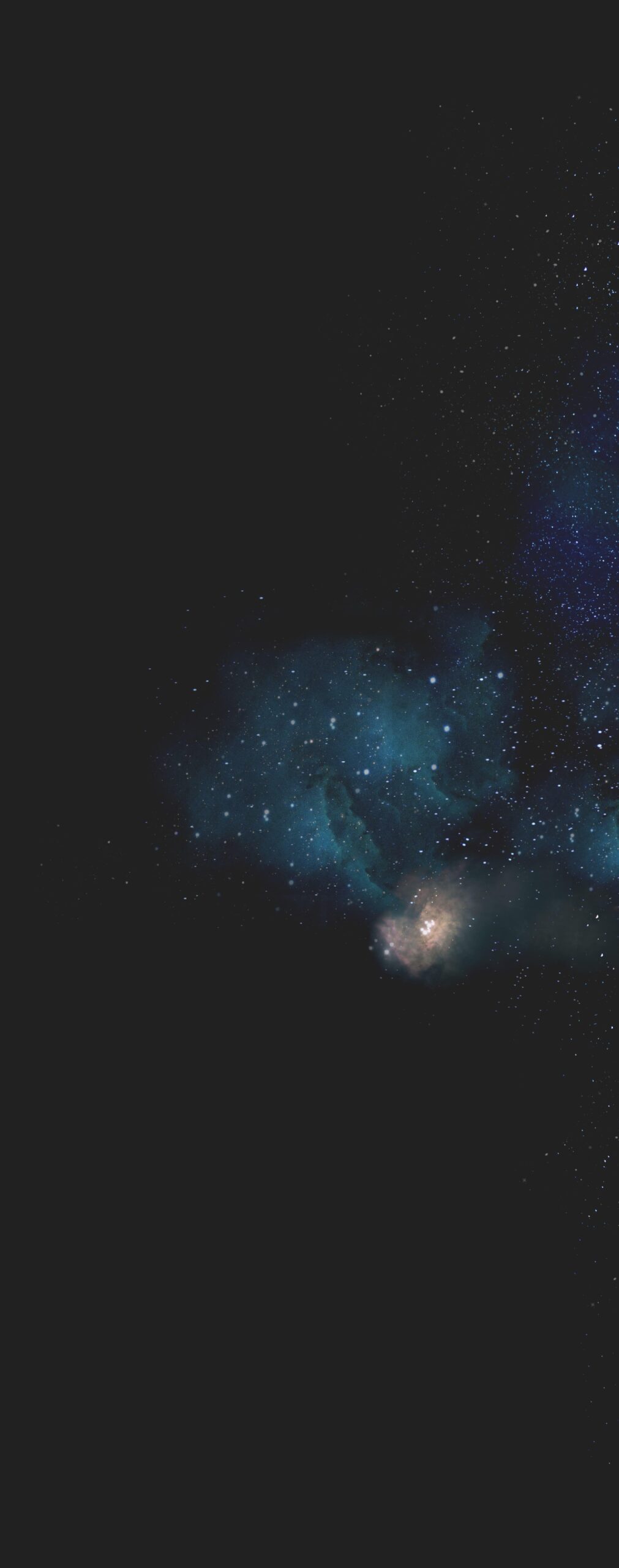
Register
Applications for the 2023 Summer School in Castel Gandolfo, Italy are now closed.
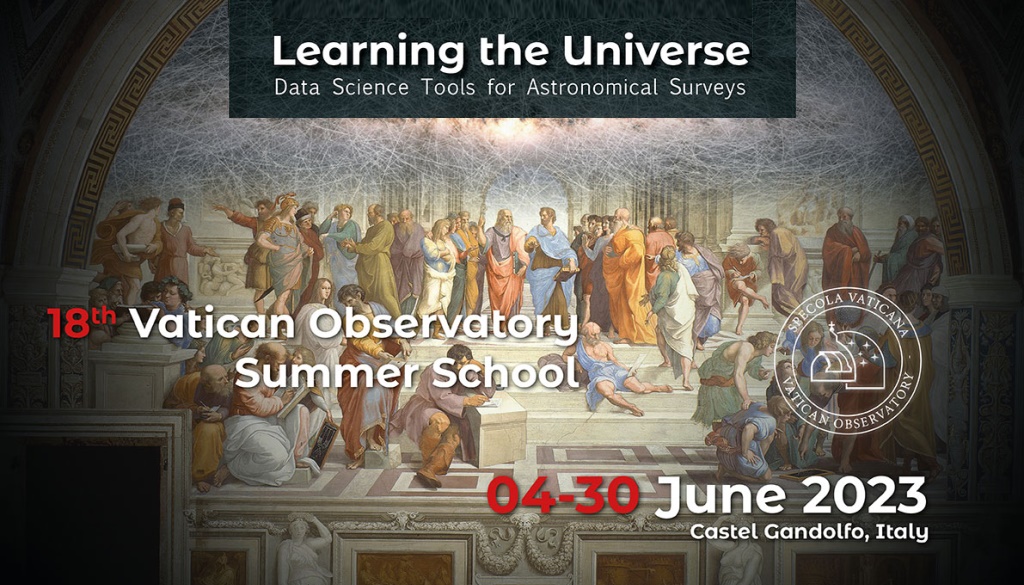
The theme of the 2023 Summer School will be “Learning the Universe: Data Science Tools for Astronomical Surveys.”
Major surveys such as Gaia, Pan-STARRS and Zwicky Transient Facility, have measured billions of celestial sources, resulting in astronomical datasets in the petabyte domain; future surveys will continue this trend, generating ever larger datasets. The 2023 VOSS will explore the science behind these surveys, present the concepts of Big Data and Machine Learning, and provide a hands-on data analysis experience that will enable students to utilize these data sets for their own astronomical projects.
More Information on the 2023 VOSS and its Faculty
Download the VOSS Poster (PDF)
Contact
Br. Guy Consolmagno, S.J.
Specola Vaticana
V-00120 Vatican City State
FAQs
The summer school is open to undergraduate and graduate students. We prefer students who at the time of the school will be in their last year of undergraduate studies or in their first year of graduate studies.
YES! Students of the Vatican Observatory Summer School come from all over the world. For the 2016 VOSS, our 23 students represented 19 different countries.
No. VOSS is open to aspiring astronomers of every faith, including nonbelievers.
Unfortunately, no. The school is limited to 25 students, and we receive many more applications than that. After the application deadline has passed, we will review the completed applications and choose students.
We notify students in mid-December.
Everything will be taught in English, the international scientific language. This is an excellent opportunity for students from non-English-speaking countries to practice working in English.
We hold the summer school at the headquarters of the Vatican Observatory in Castel Gandolfo, Italy. Our headquarters is located in the beautiful pontifical villas.
No. Very few of our students know more than one or two words of Italian. We are near Rome, where they are accustomed to tourists from many countries.
We arrange for students to stay together at a nearby hotel, Villa Altieri, in Albano Laziale. It is less than a 5-minute walk from the door of the Vatican Observatory.
There is no tuition. Students will be expected to pay for airfare, hotel and meal expenses. The hotel (including breakfast) for 30 days will cost about €1000.
For students with difficulty paying, we can provide scholarship support of 50-75% of expenses, at the discretion of the director. Please include a request for support in your application for the school. We will not make any decisions about financial aid until after the students have been selected. Financial need will not affect our decision of who is admitted to the summer school.
This depends on your country of origin. If you need visa assistance, we can try to help you after students are selected.
